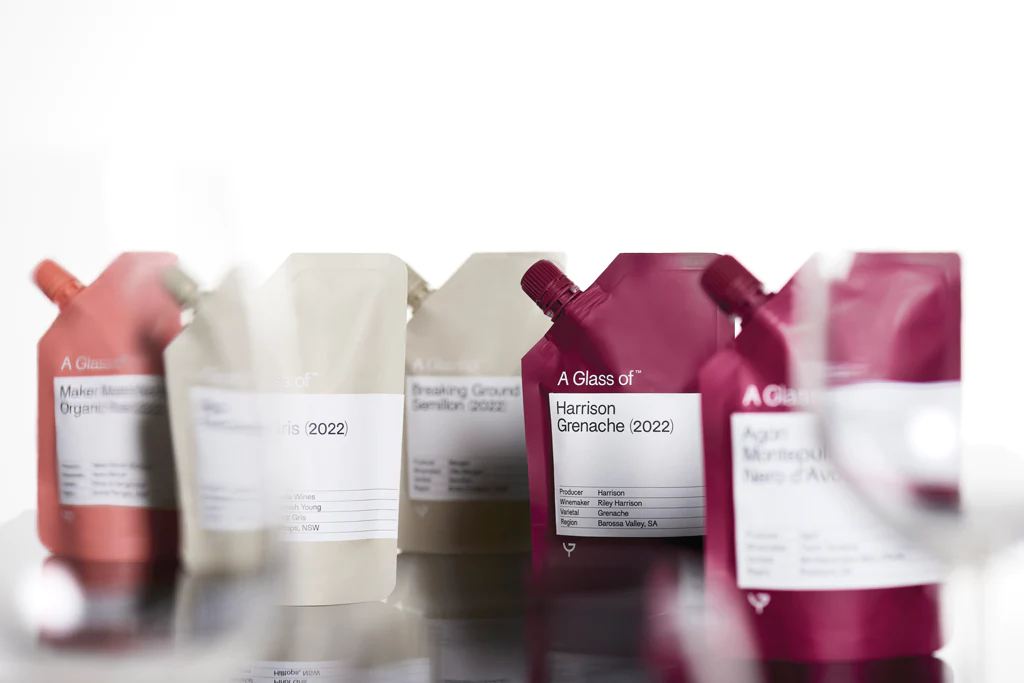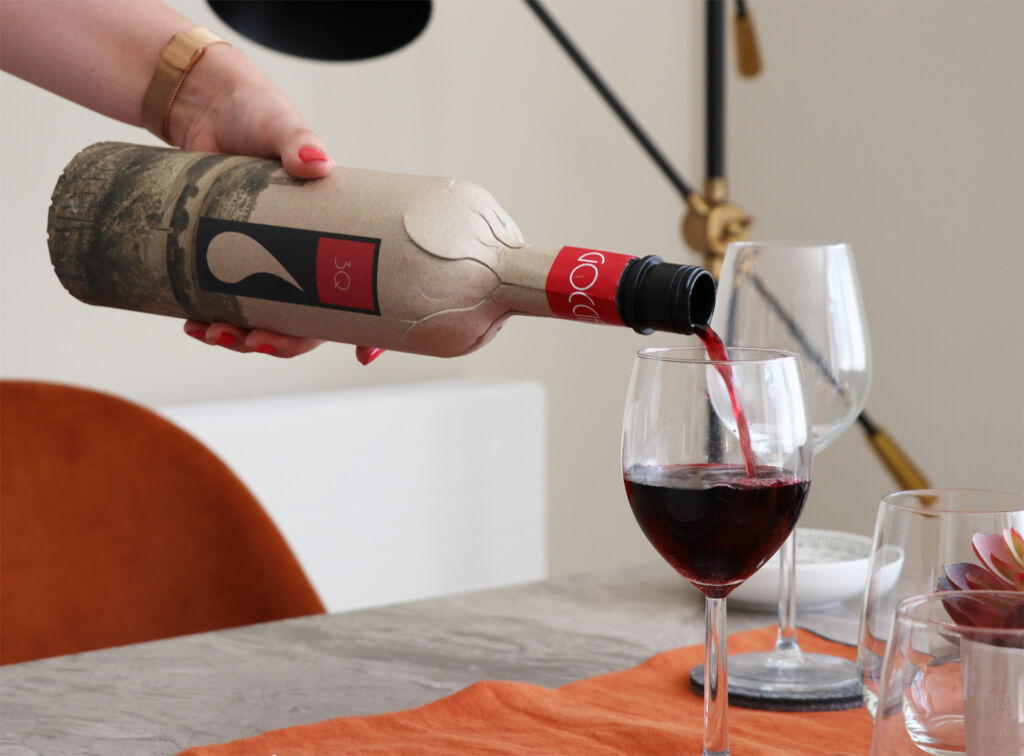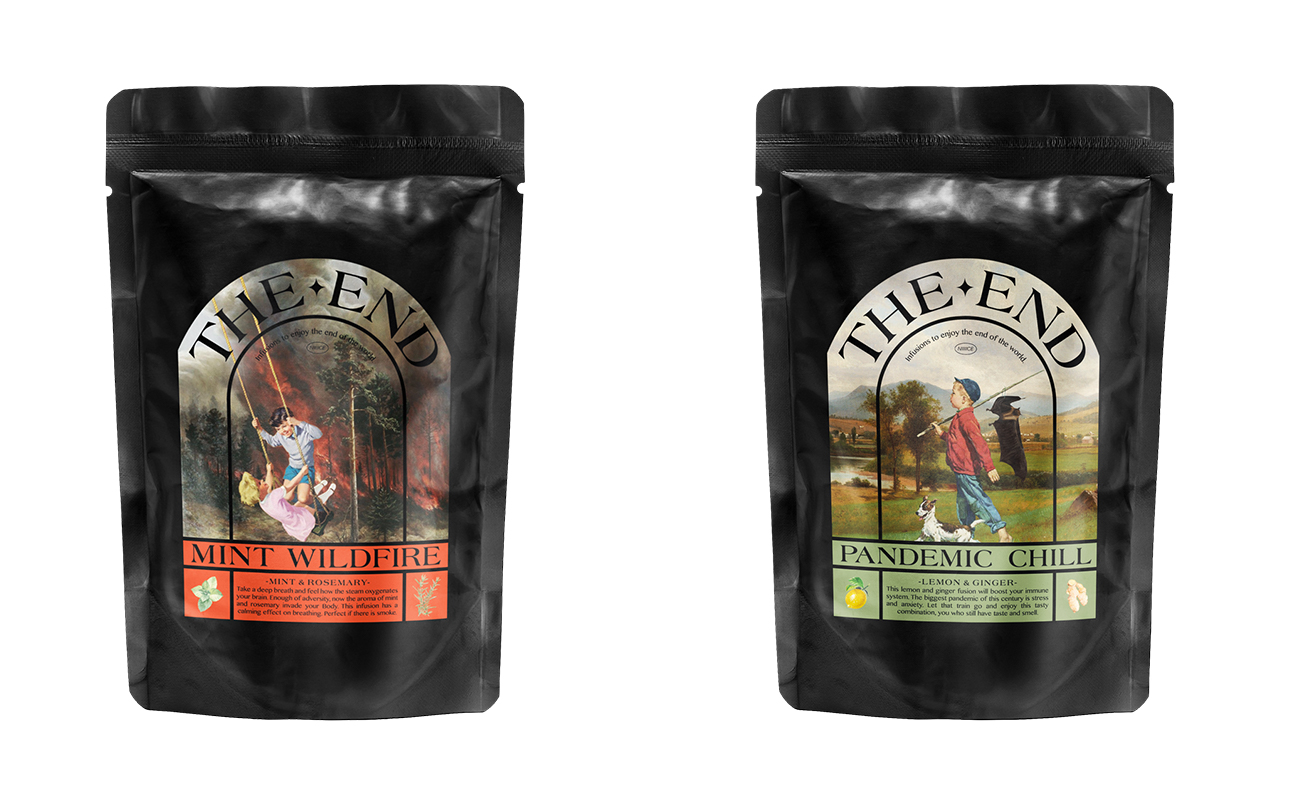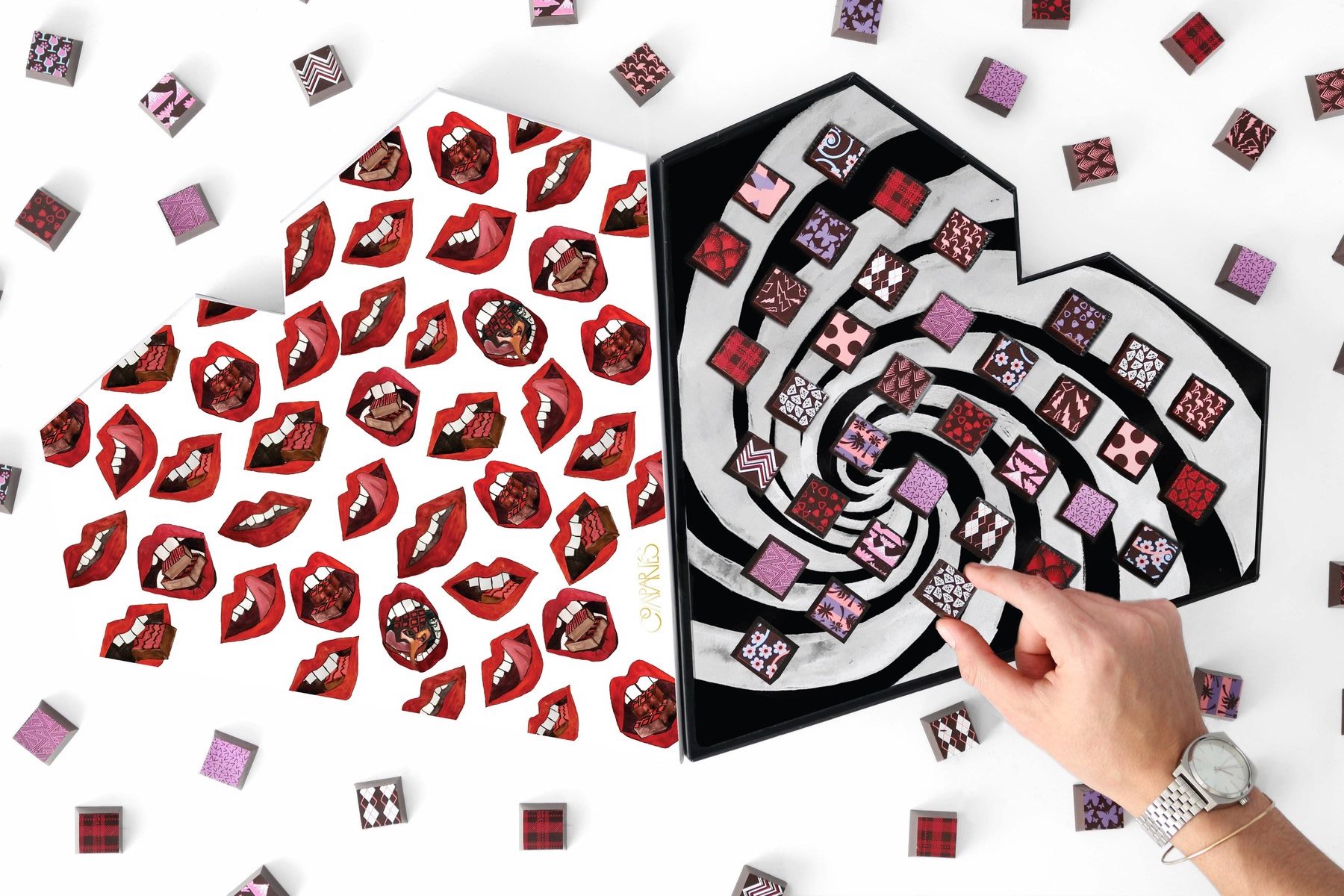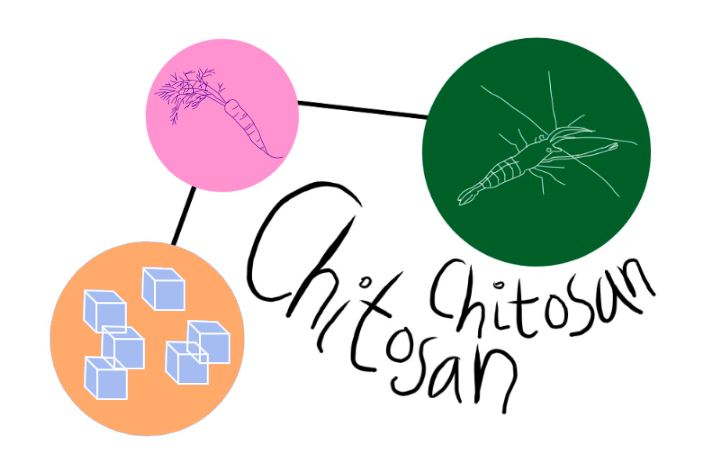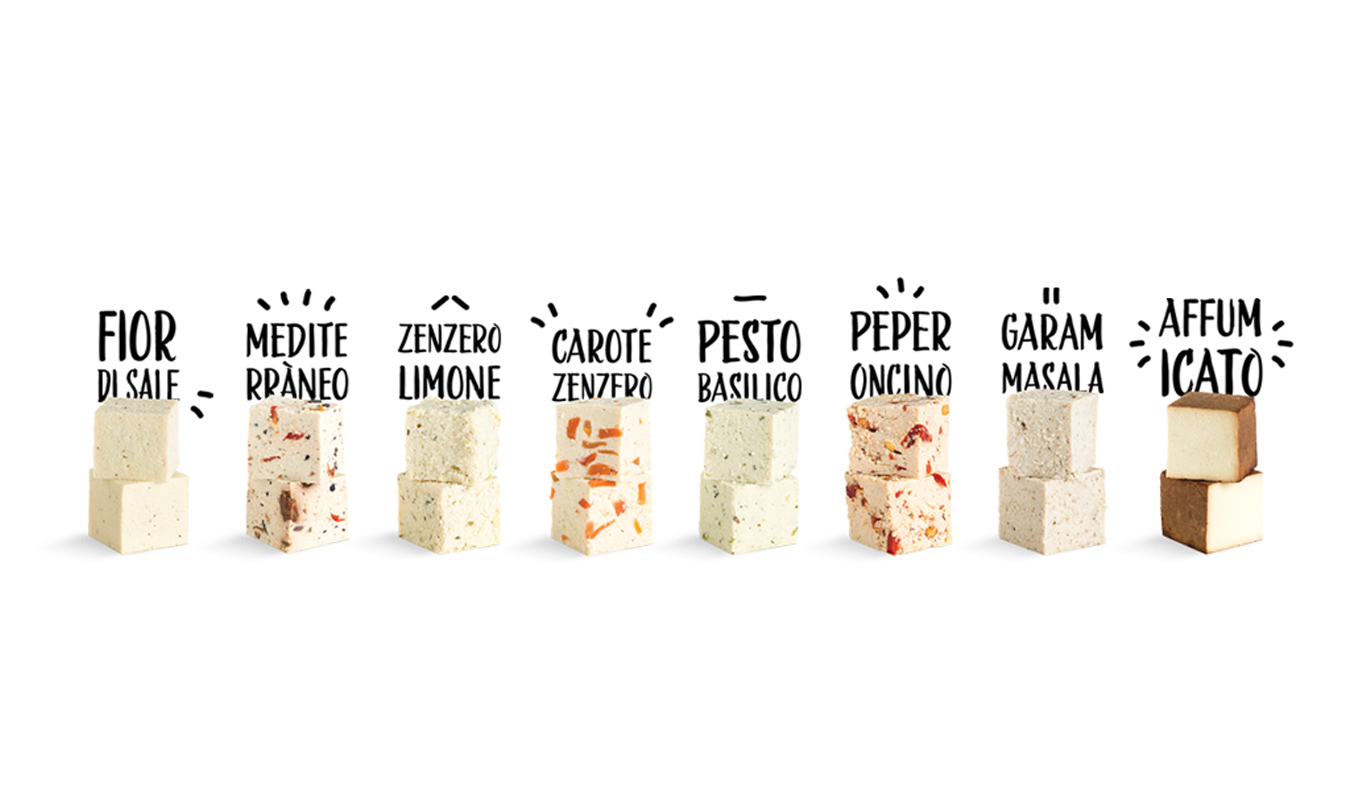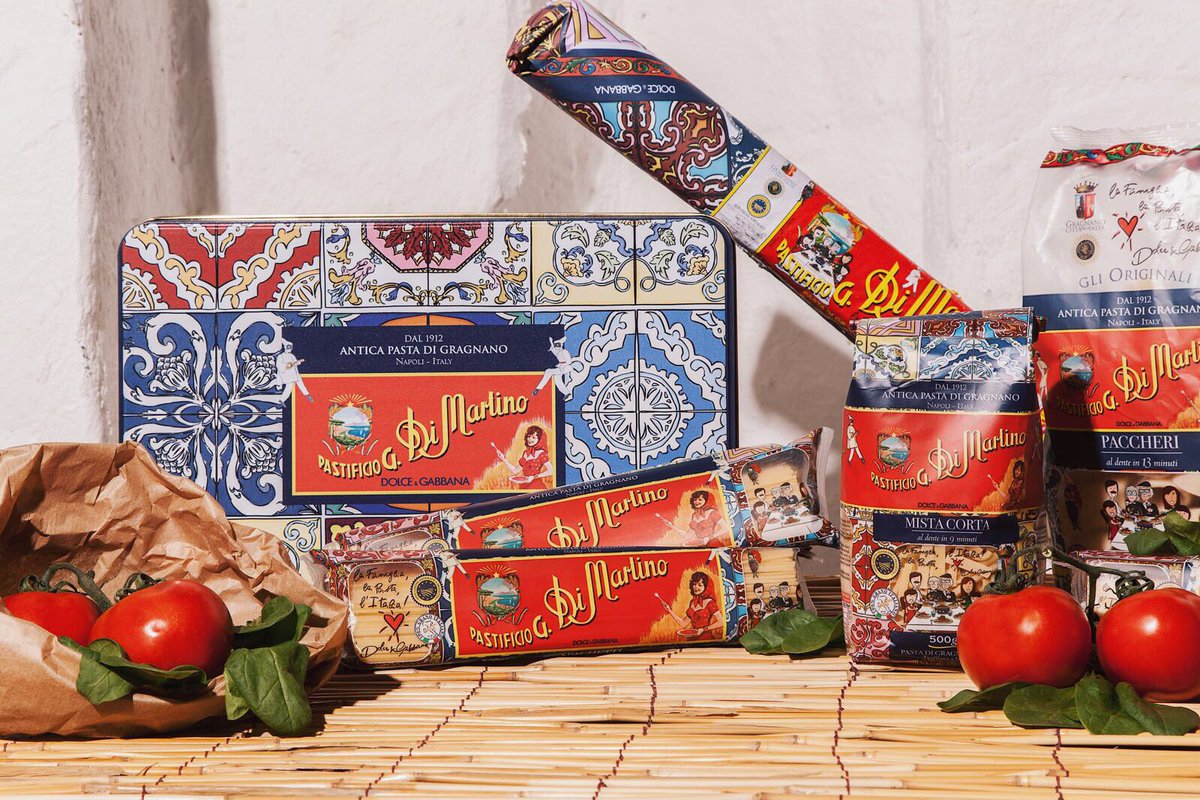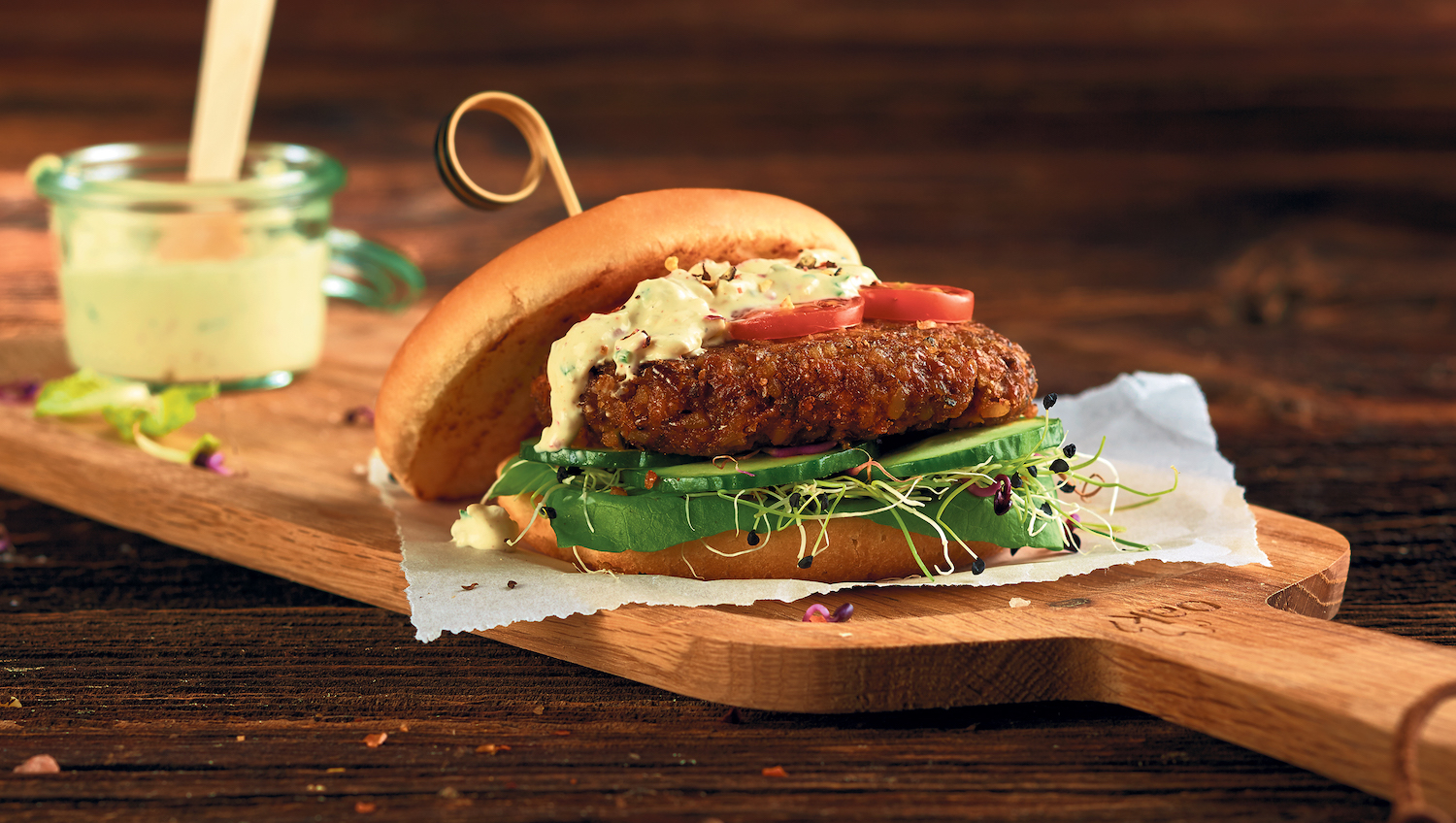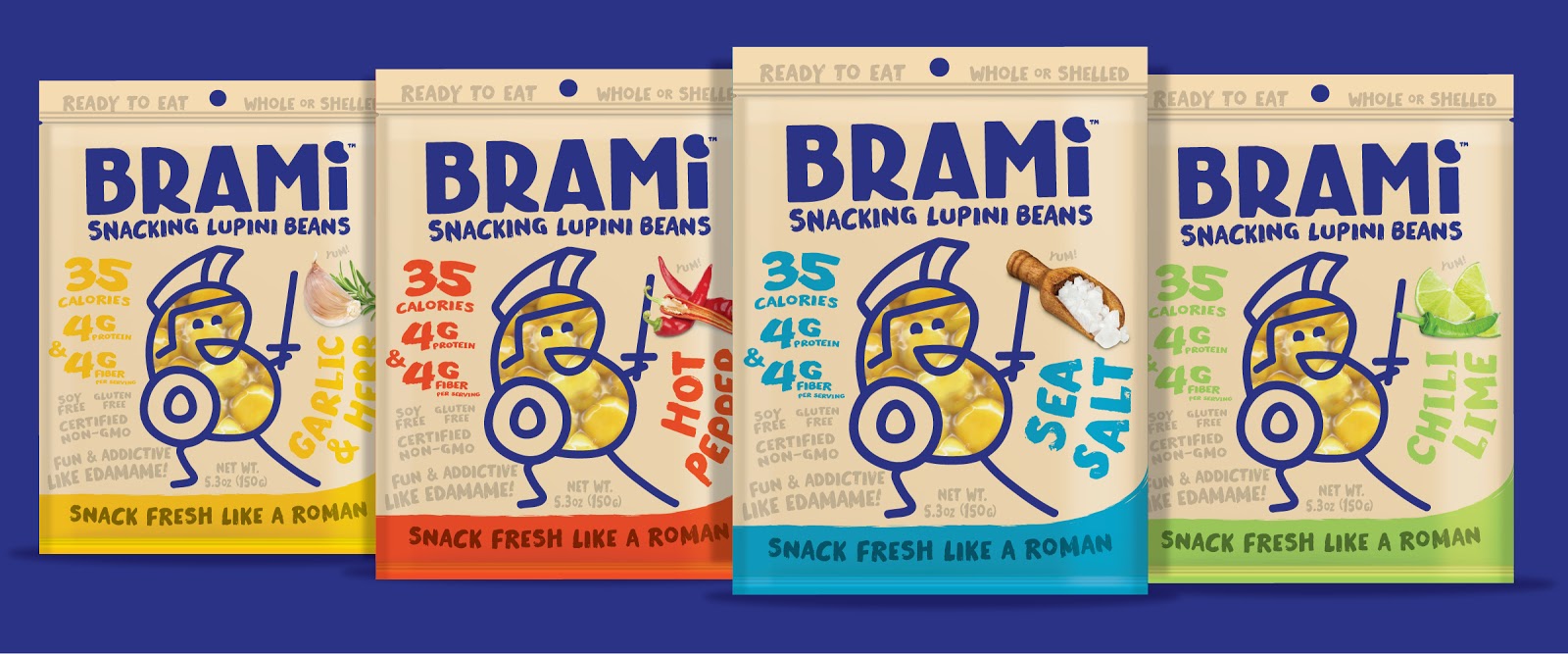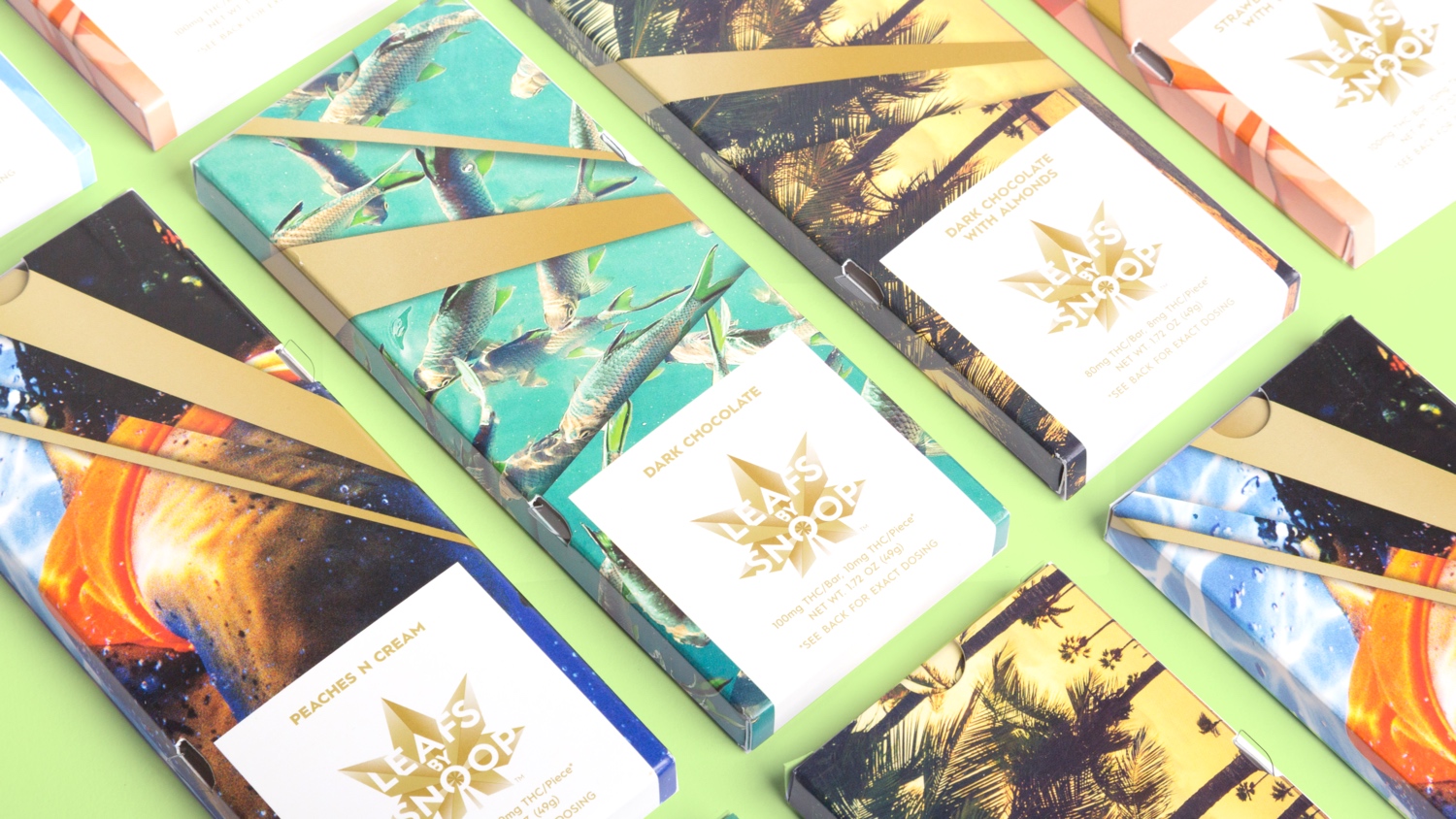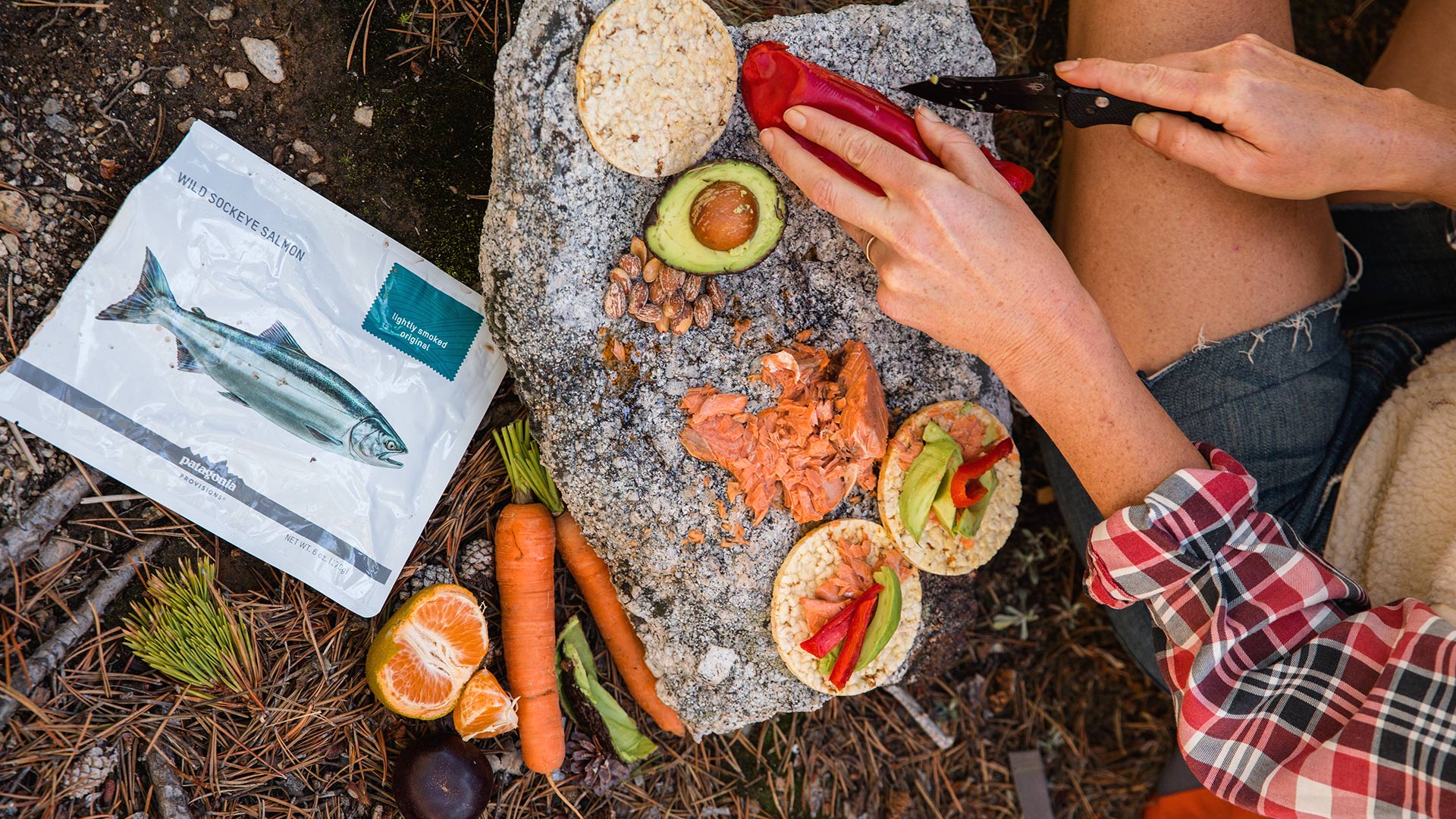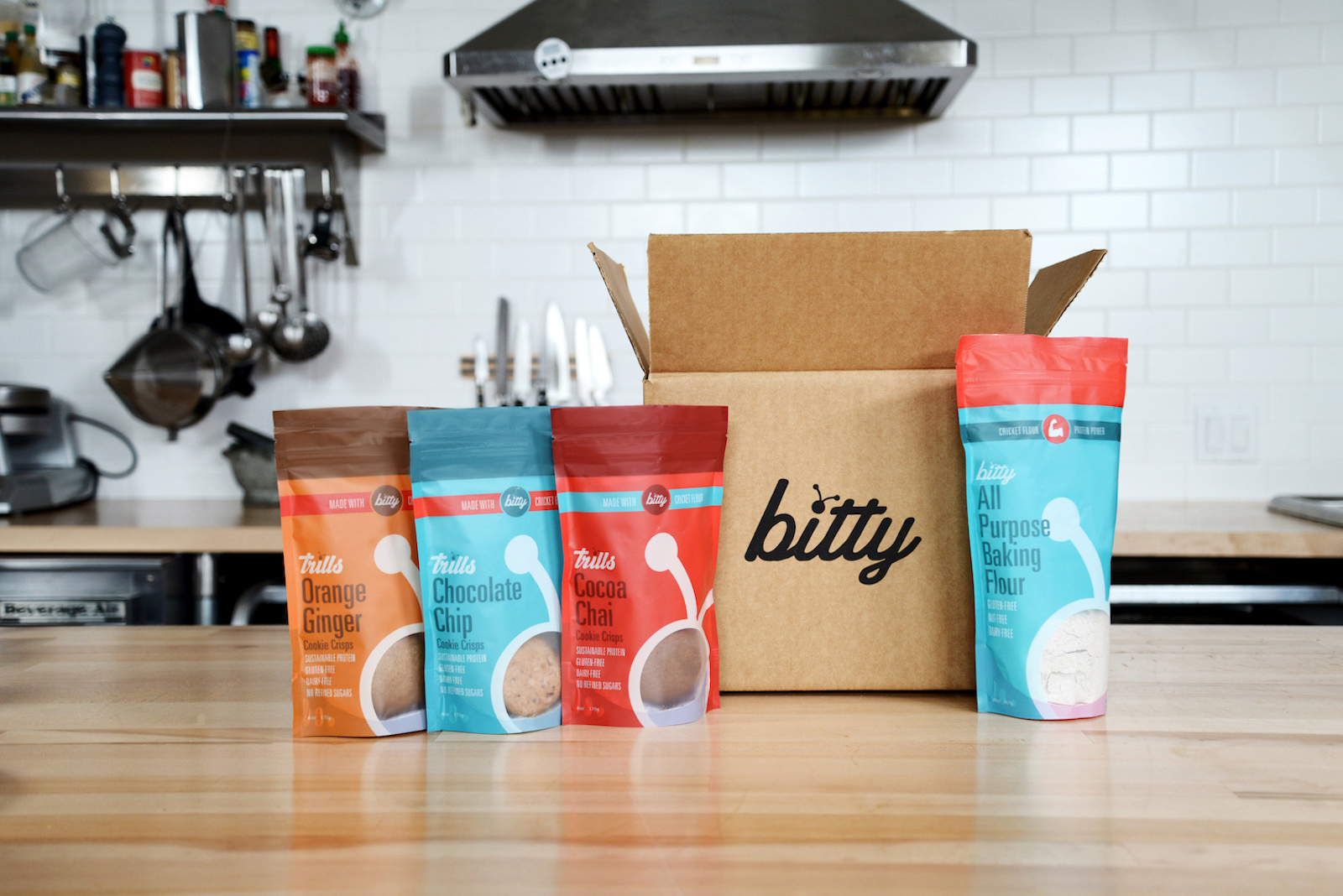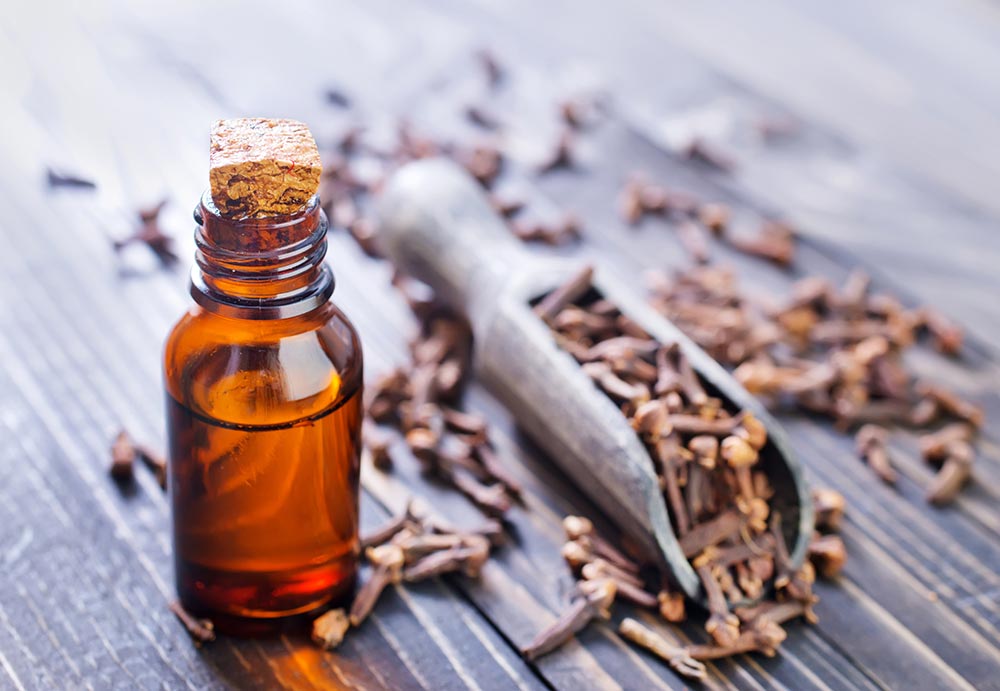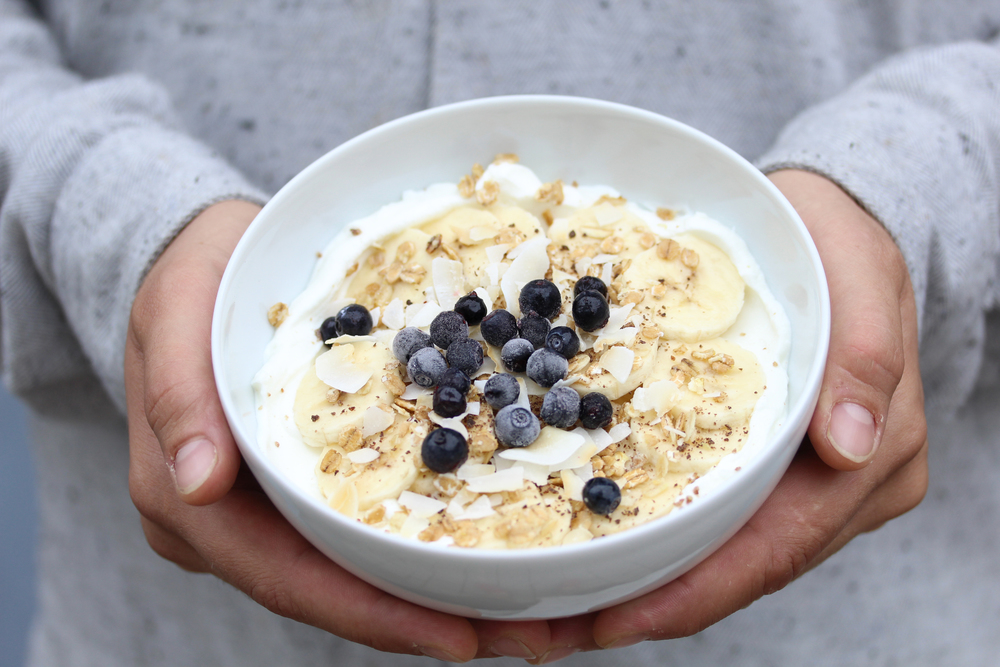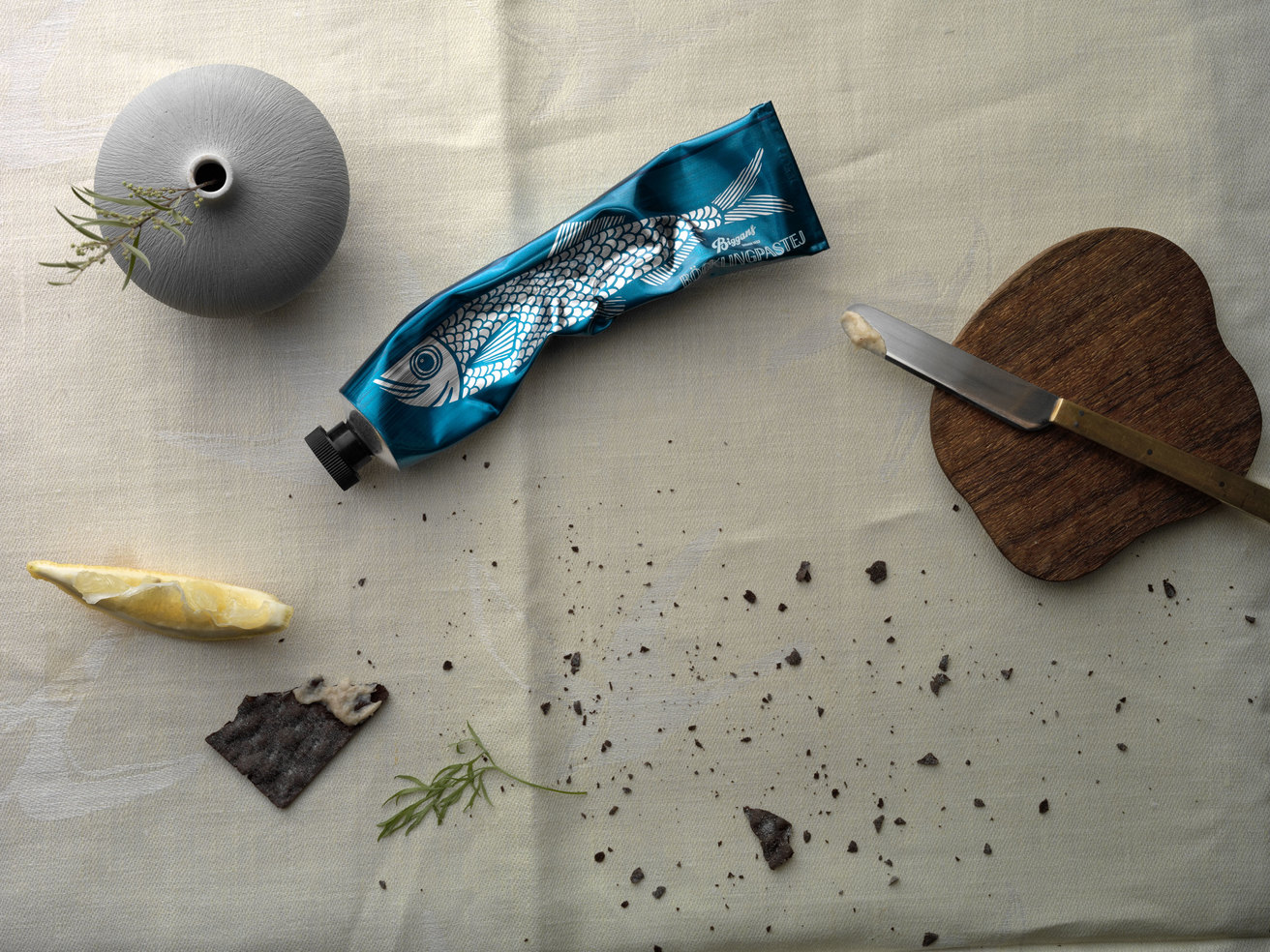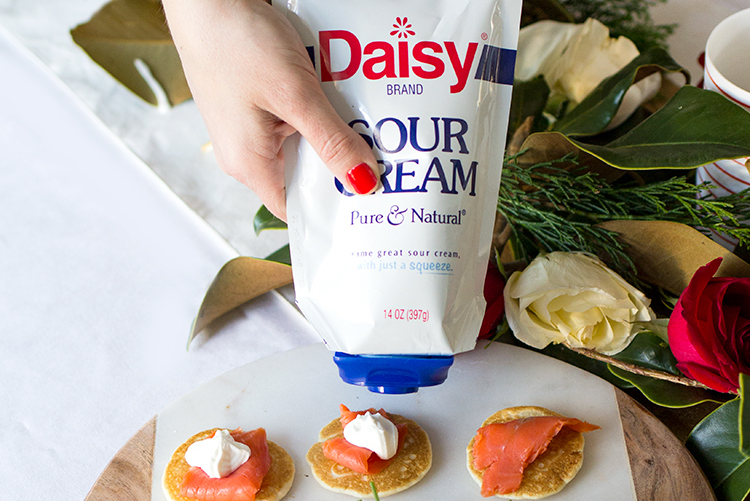Glass wine bottles are iconic. That’s a problem.
Producing conventional glass wine bottles accounts for approximately 29% of a winery’s carbon emissions. That’s not counting transport. Weighing approximately 500 grams in Europe and over 750 grams in the US, shipping these heavy, liquid filled bottles makes up another 13% of winery emissions. Packaging is easily the most carbon-intensive part of the winemaking process.
With its elegant neck and plain face begging for a creative label, winemakers and consumers have struggled to resist the bottle’s material appeal and utility. And glass does have useful attributes. It won’t change the chemical composition of wine over time, making it appropriate for long-term aging. Thick, heavy bottles have historically indicated a premium product, while for sparkling wines, hefty glass reduces the risk that the pressurized bottle will explode.
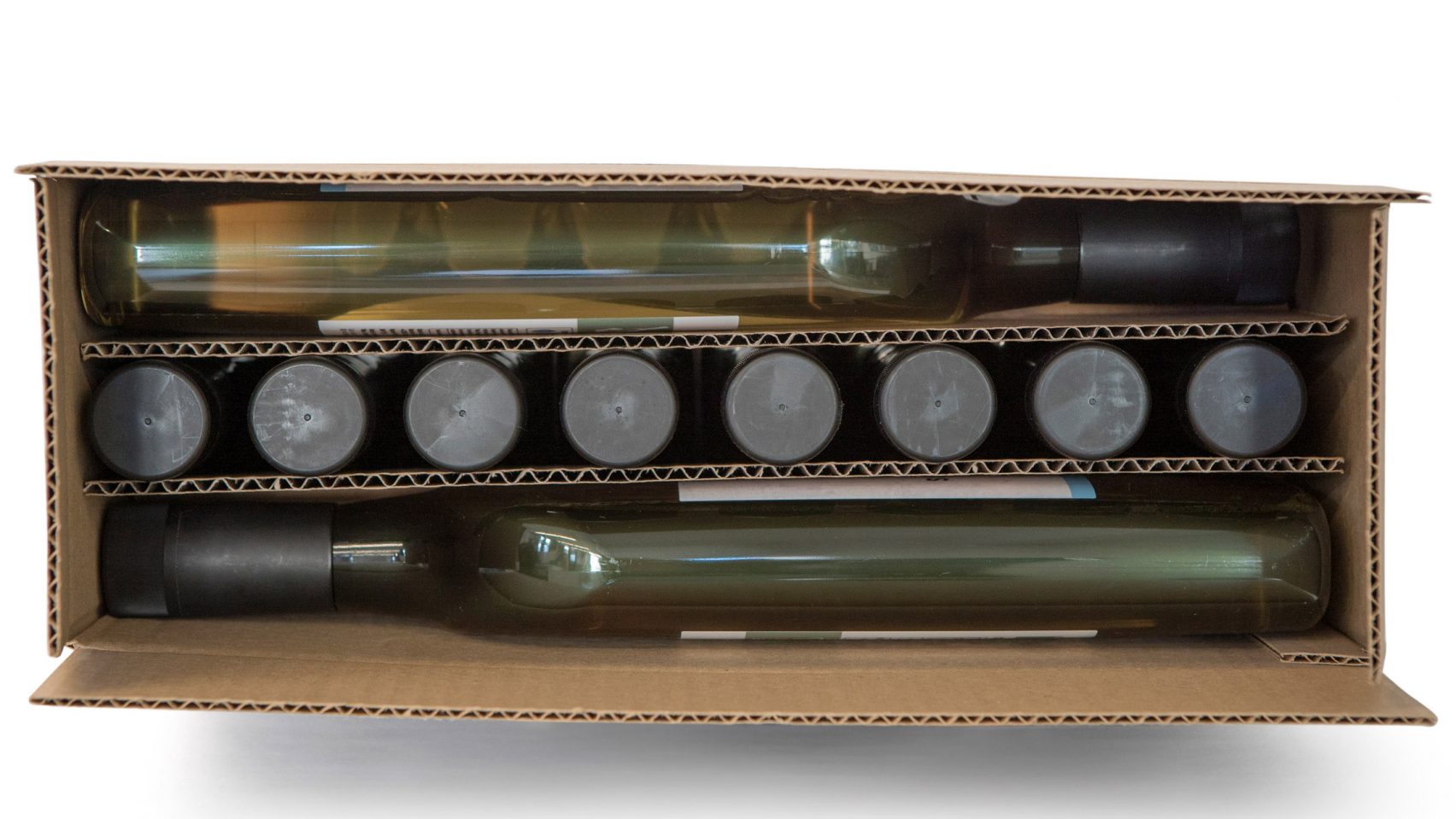
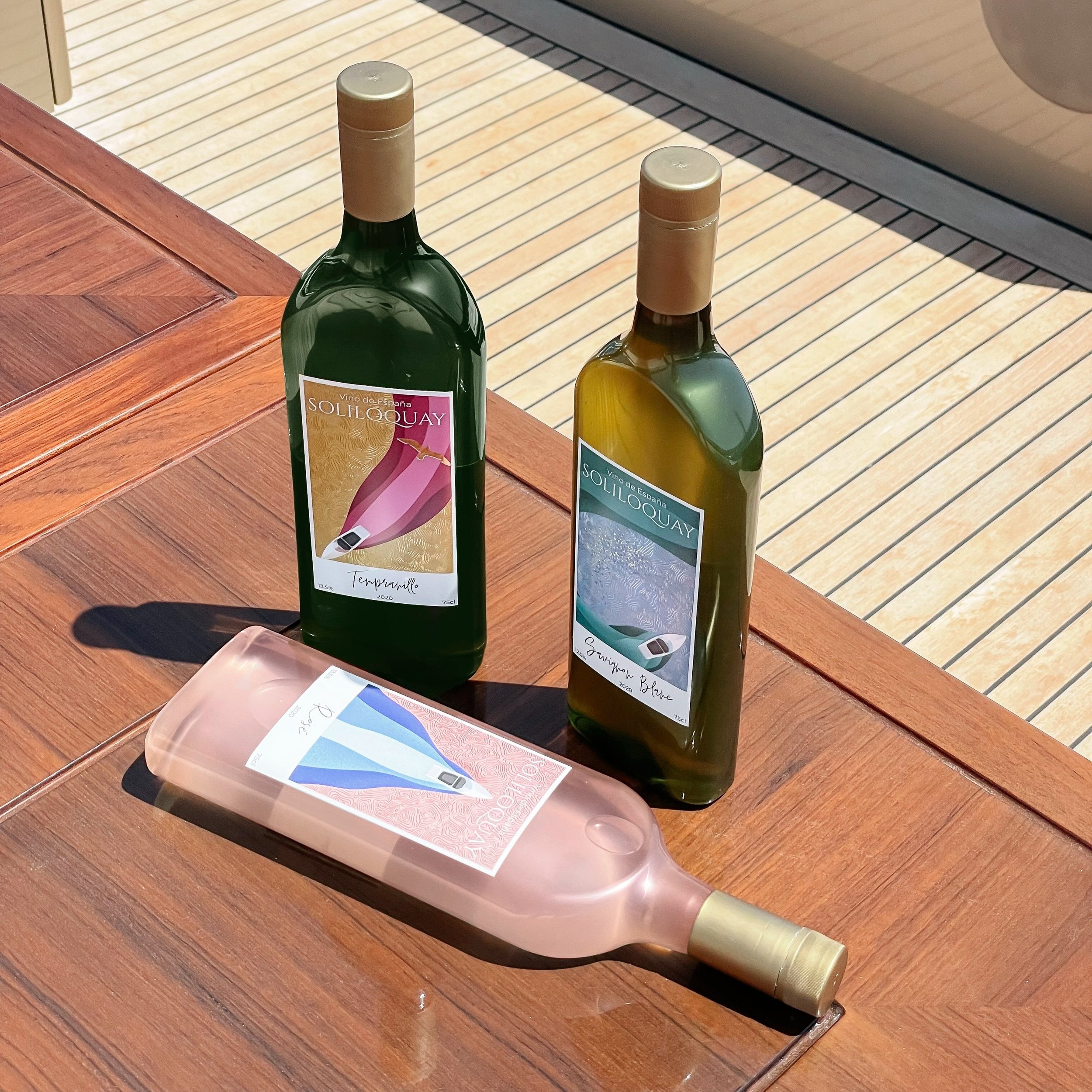
Despite these benefits, it only takes a cursory analysis of the glass melting process to realize that wine bottles as we know them aren’t sustainable. To make or recycle glass, a furnace is heated to over 2,700 degrees fahrenheit, typically using fossil fuels. Once the furnace reaches the appropriate temperature, it runs constantly, belching a ceaseless plume of emissions so we can buy wine packed in fancy glass bottles.
Knowing how much energy glass making demands could render wine packed in single-serve aluminum cans more appealing. Aluminum can be infinitely recycled with next-to-no reduction in quality and it’s estimated that up to 75% of the aluminum ever produced is still in circulation today. For brands like Berlin’s Djuce, which launched in May 2022, aluminum’s eco-credentials are its appeal. Djuce sources wines from vineyards across Europe that use low-impact farming methods, then packs that wine into aluminum cans affixed with irreverent graphics. While aluminum is best suited for young wines, the can’s air-tight and light-blocking properties mean that wines inside require minimal sulfites to stay fresh. Meanwhile, a 2019 study found that a slight majority (51% compared to 48%) either preferred the taste of canned versus bottled wine or found no difference between the two.
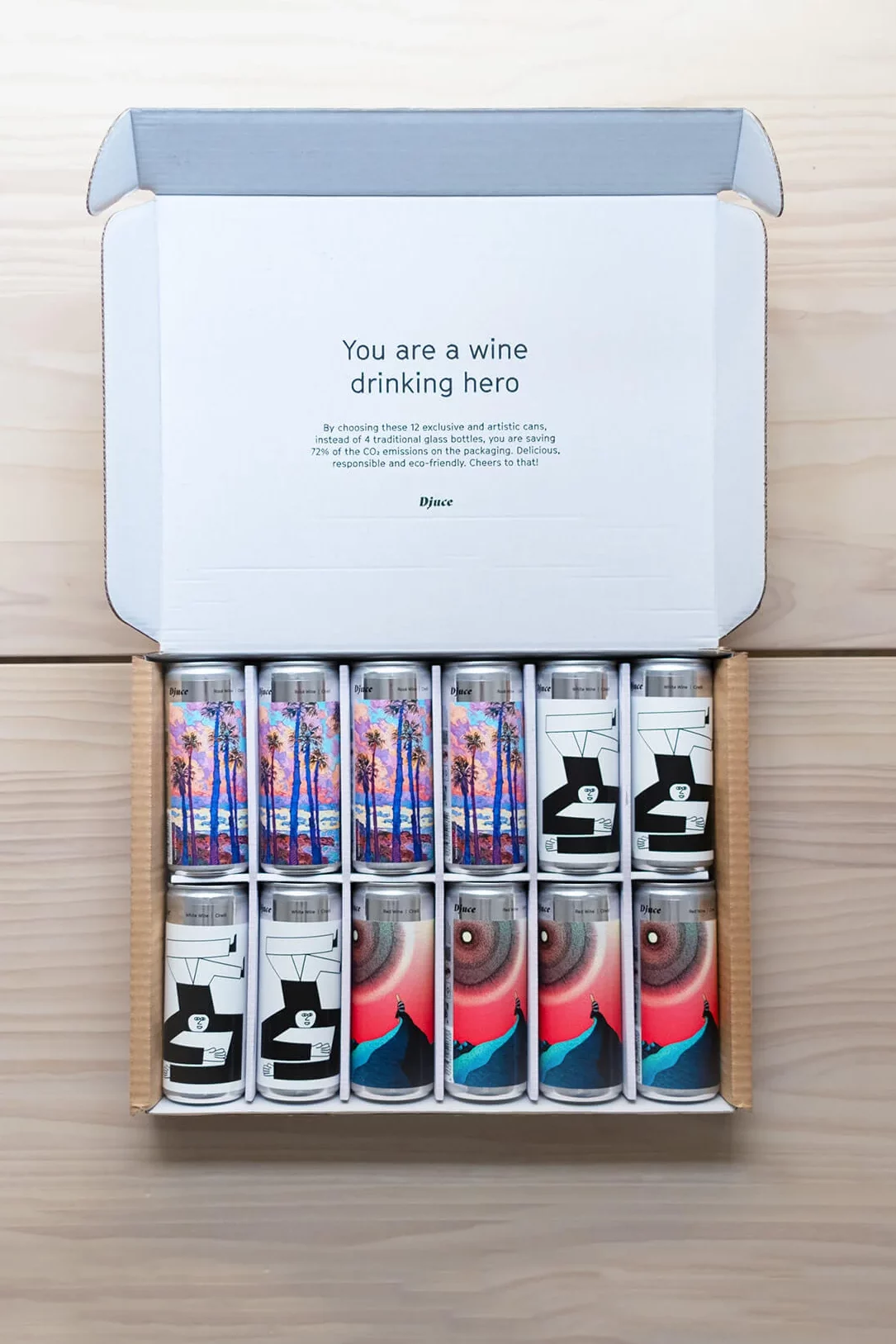
More broadly, changing tastes may also encourage more wine brands to adopt alternative packaging. Generation-minded marketers love to discuss how millennials and Gen Z aren’t drinking wine, but it increasingly seems like they’re just not fans of the 750 ml bottle. Enter (almost) single-serve packaging that allows consumers to sample many wines with less up-front cost. California wine brand Maker uses cans for their variety boxes of American-made wines, while Australia’s A Glass Of packs wines from regional vineyards into mini-pouches, similar to the bladder found inside boxed wine.
For emerging wine regions – you know, the northern ones that are developing alongside the climate crisis – utilizing single-serve cans could convince consumers to test new varietals. It’s a strategy that British brand The Uncommon deploys to convince people to try its English sparkling wine without committing to a whole bottle.
Producing conventional glass wine bottles accounts for approximately 29% of a winery’s carbon emissions.
While these alternative formats may appeal to some, they’re still just alternatives. To convince tradition-devoted wine drinkers to embrace eco-friendly bottles (or anyone not ready to sip their syrah from a can), many wine brands are turning to lightweighting, which involves simply making glass bottles thinner and lighter. The 450-gram Summa design from Northern Italian winery Alois Lageder is 200 grams smaller than its previous bottles, a reduction the winery says equates to a savings of 87 tons of glass annually. The design is unpatented and open source to encourage other producers to adopt it. In the US, Crimson Wine Group spent three years transitioning to lighter bottles, a move that resulted in reducing its carbon emissions by 300 tons annually and minimal customer pushback. Similarly, high-end Napa Cabernet brand Spottswoode chose to cut the weight of its glass bottles from 798 grams to 550 after learning that packaging accounted for 50.4% of its total emissions. And then there’s the thinnest bottle of all, the 350-gram option developed by Switzerland’s Vetropack Group.
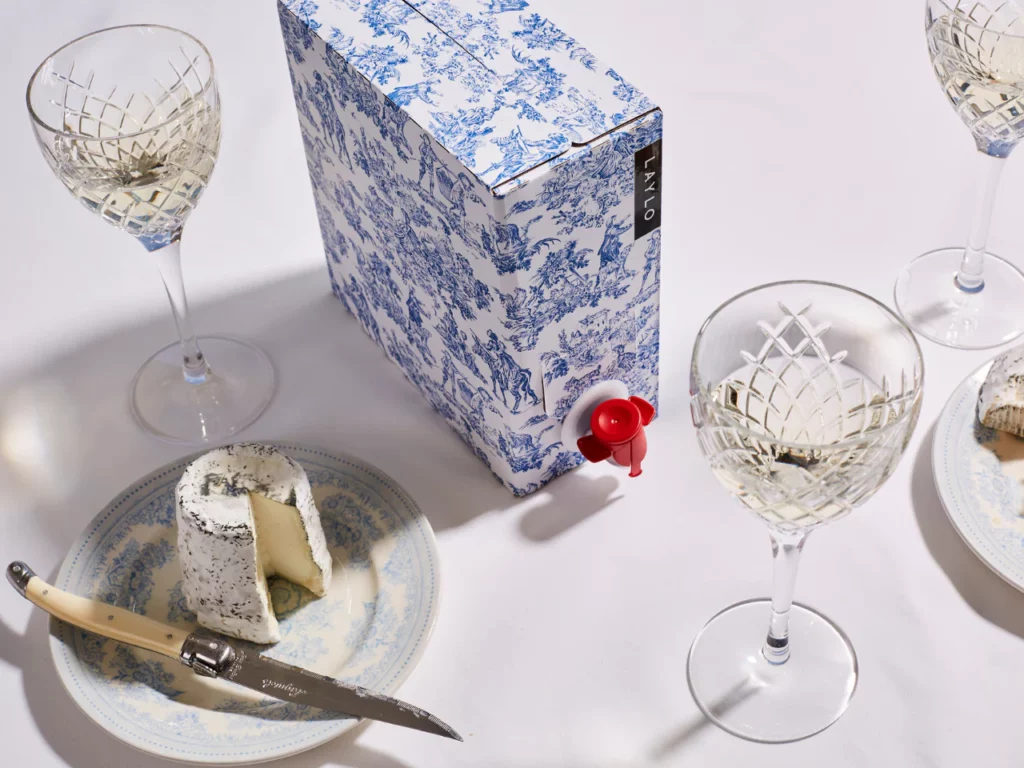
While these slimmed-down bottles may seem like a convenient way to please both tradition-seeking and eco-conscious wine drinkers, they’re hardly the kind of game-changing concepts that we’ll need in order to halve emissions by 2030. Some companies are betting that using alternative fuels to power glass manufacturing and recycling processes could, in combination with lightweighting, further pare back the wine bottle’s carbon footprint. British-Italian company Encirc has collaborated with the non-profit Glass Futures to develop a process for heating glass furnaces with biofuels, while French glassmaker Verallia has switched to electric furnaces. While these steps are all worthwhile, it’s worth questioning if the chemicals emitted by the glass melting process will undo some of the benefits of using alt-fuel.
Reasonably, there will be no one packaging solution, but a diversification of the bottles available. We’ve already seen this with boxed wine (and its non-recyclable bladder). Consumers can now choose from options like Santa Barbara-based Juliet’s presentation-worthy boxes, Tablas Creek’s high-end California 3-liter red blend option and French brand From The Tank’s no-frills packs, which position boxed wine as the spiritual cousin to wine on tap. And as people trim their alcohol consumption, boxed wine’s ability to stay fresh for weeks may appeal to more occasional drinkers.
Alongside boxed wine, we may soon find paper wine bottles sitting on store shelves. British company Frugal Pac developed a paper bottle, which is already used by wine brands including Britain’s When in Rome, Italy’s Cantina Goccia and America’s Signal 7 Wines. And slim, parcel-sized bottles could be the go-to for wine being packaged for export, like the space-saving, 2.2 ounce flat wine bottle made from 100% recycled PET designed by British company Garcon Wines. After seeing the bottle’s commercial success, the company launched dedicated packaging brand Packamama in 2022 to encourage widespread adoption.
Ultimately, the test for these bottles will take place at the wine store. They’ll take place when customers compare the option in a traditional bottle, with its hand-drawn label, with the variety packed in a paper bottle or in a can or with the boxed wine. Will all these packages sit side-by-side on the shelves? Maybe, or maybe not. The future of the wine bottle is a design question that transcends packaging. It impacts the design of the wine industry itself.
